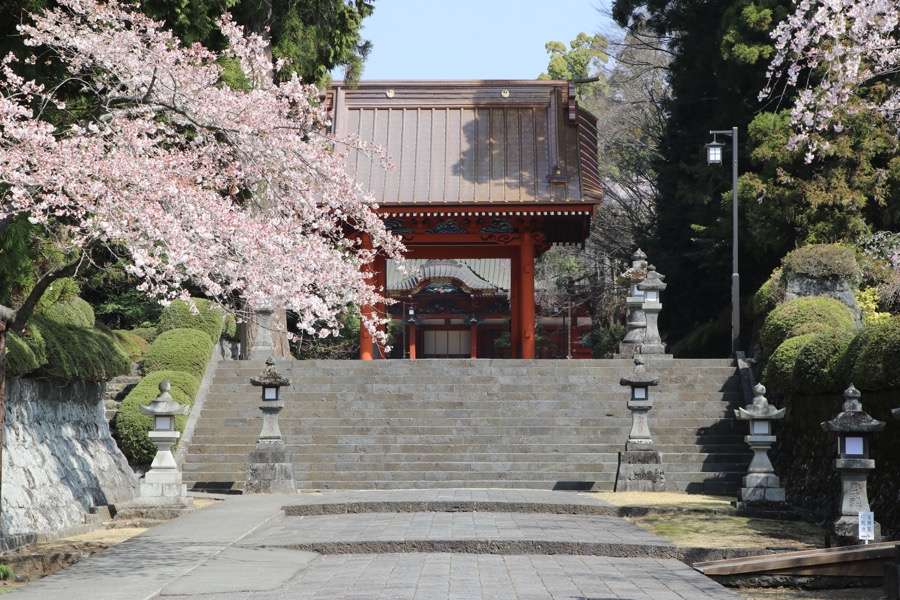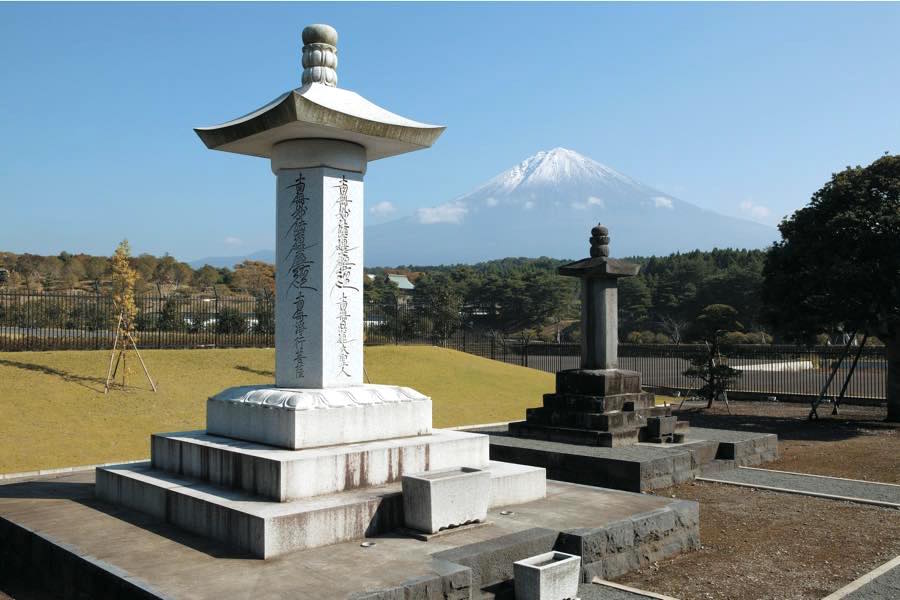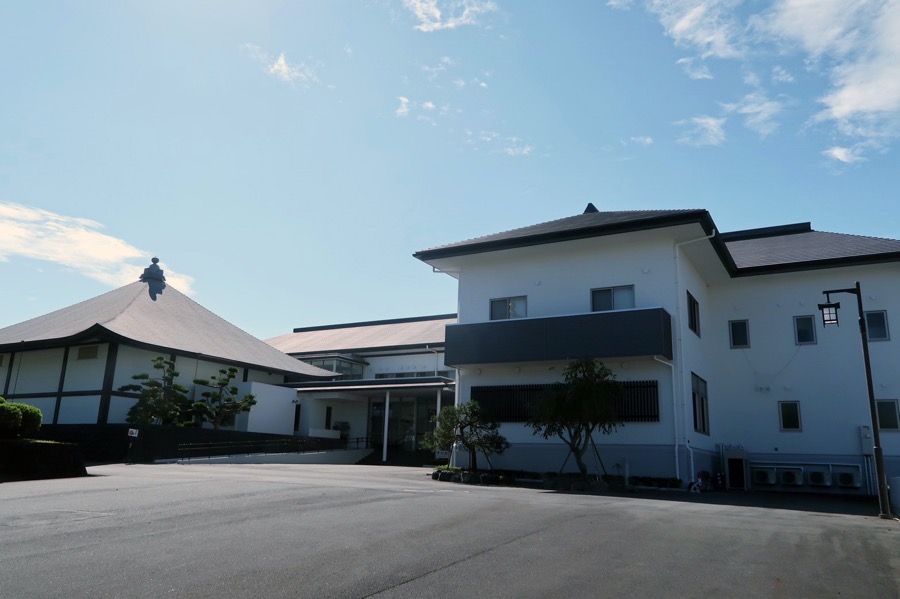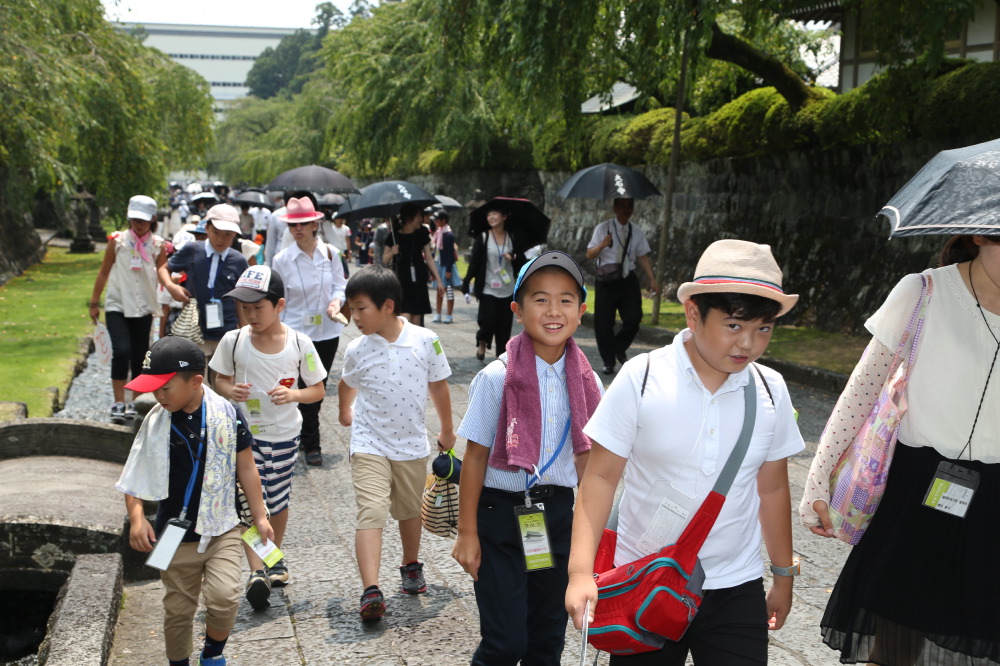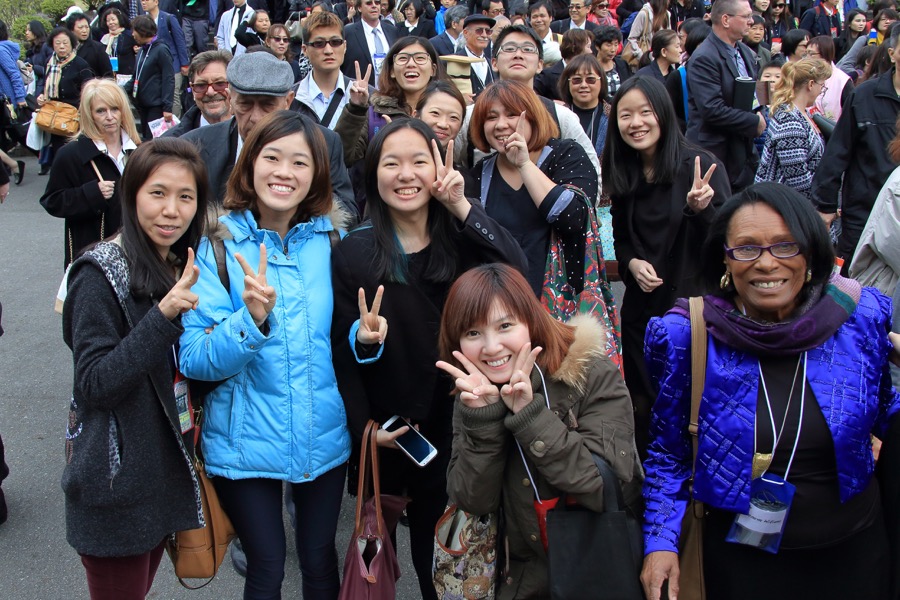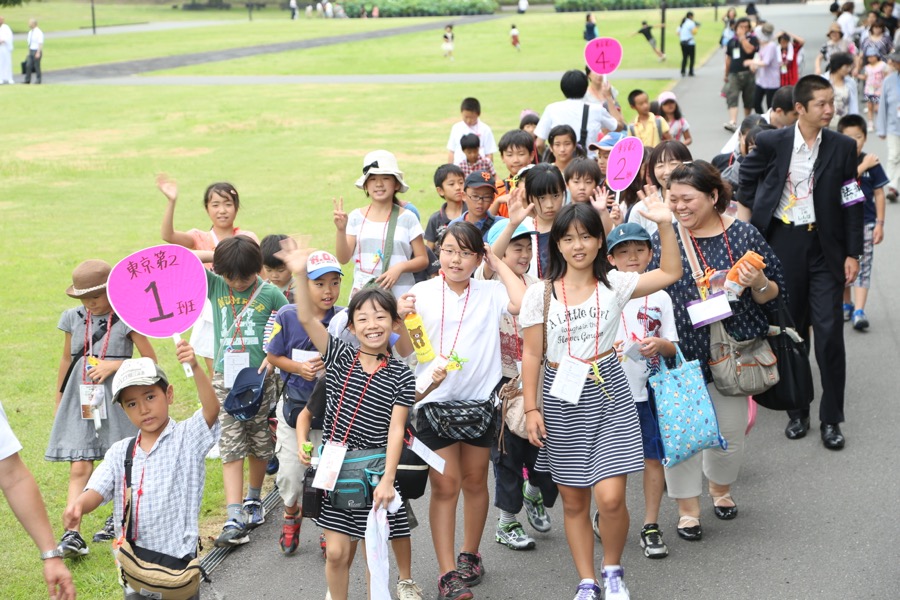The Origin
Taho Fuji Dainichirenge-san Taisekiji was founded in October 1290 by the Second High Priest, Byakuren Ajari Nikko Shonin, the legitimate successor to our Founder Nichiren Daishonin. The name Taisekiji (Great Rock Temple) is derived from the name of the area, O-ishi-ga-hara (Big Stone Field).
The founding lord, Nanjo Shichiro Jiro Taira-no Tokimitsu (commonly "Nanjo Tokimitsu"), was the lord of Fuji Ueno Country.

"Foundation of Taisekiji"

Hoando in the Head Temple
Basic Information
Head Temple Taisekiji
2057 Kamijo, Fujinomiya City, Shizuoka Prefecture, JAPAN
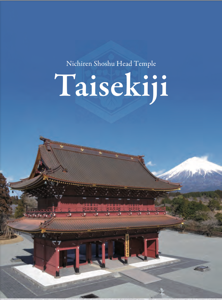
Guide of Taisekiji
(PDF 3.7MB)
[Treasure Hall Information]
OPEN
Saturdays, Sundays and Public Holidays:
9:00 AM – 4:00 PM
Mondays and Second Sunday of the month:
1:00 PM – 4:00 PM
(Admission until 3:30 PM)
*The Treasure Hall may occasionally be closed for special activities.
→More information
Main buildings
You may freely enter and leave the grounds of Taisekiji. However, entering the buildings of Taisekiji are limited to only Nichiren Shoshu members or those accompanied by a Nichiren Shoshu member. There are additional limits upon entering the buildings and grounds of Taisekiji whenever special ceremonies are held.
For smart phone user, please access this page.














